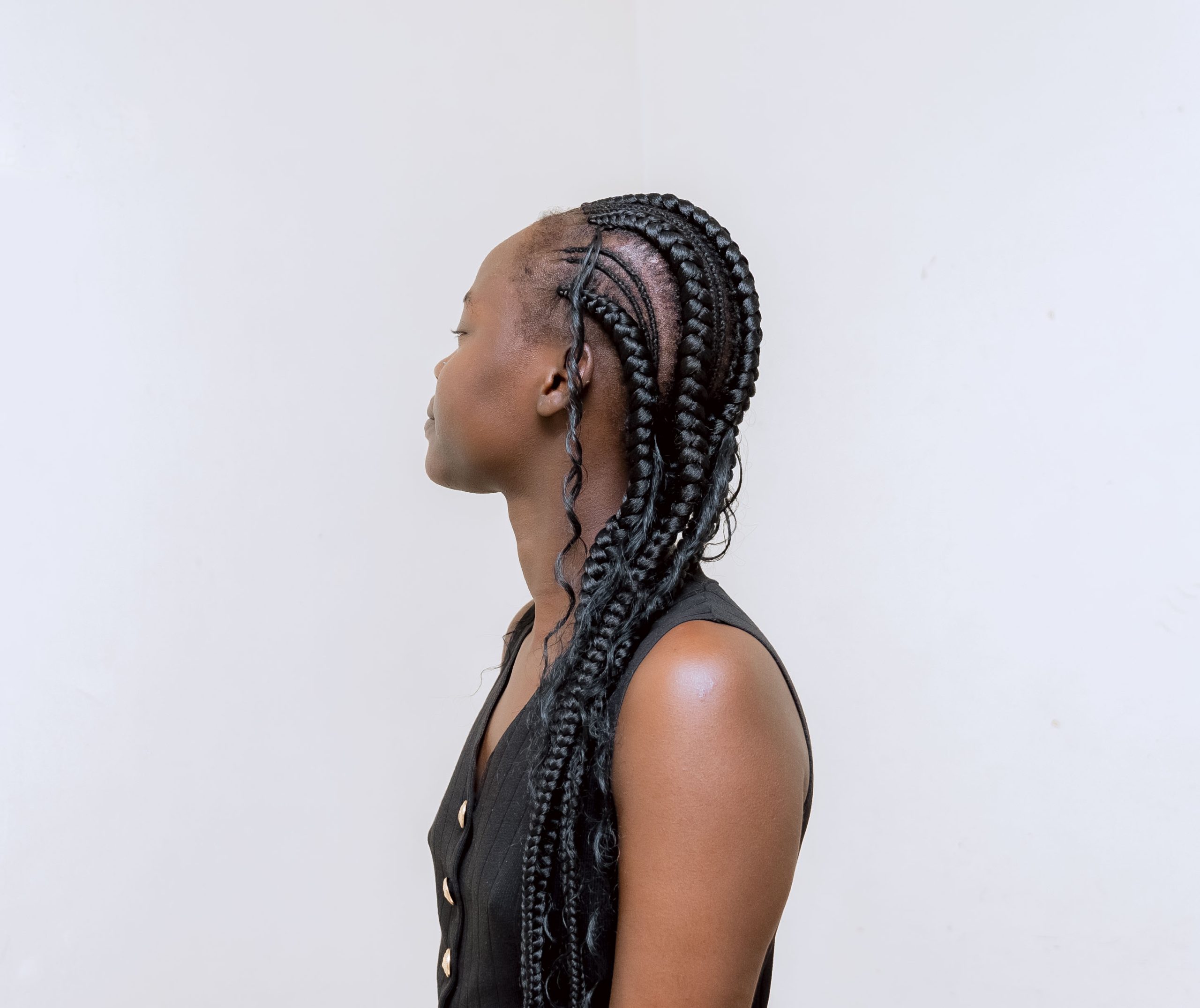Braids are a popular and practical hairstyle for many women on campus. Affordable, stylish, and easy to maintain during long academic days.
However, a recent study of synthetic braids by Consumer Reports (CR), a US-based non-profit, has called into question the safety of braiding. The study detected toxic chemicals linked to cancer, reproductive harm, and brain damage.
The study tested ten popular brands of synthetic braiding hair and found that three contained benzene, a known carcinogen associated with leukaemia. Five samples contained lead, and four had over one million volatile organic compounds (VOCs), chemicals that easily evaporate into the air and can enter the body through inhalation or skin contact.
What makes the situation worse is the way these braids are often styled. Dipping them in hot water or gluing them with open flames, common salon practices, can intensify chemical exposure, putting users at greater risk.
This revelation has sparked concern and reflection among students at Mount Kigali University (MKU), especially among those who wear braids regularly or see them as part of cultural identity and daily convenience.
“Every woman who puts the braids on her head should know the effects,” said Lucien-Marie Tuyishimire, a first-year student in Mass Media and Communication. “They look good, yes, but they should know what comes after. We should take responsibility for our choices.”
While some students were alarmed by the findings, others expressed mixed feelings, torn between personal preference, cultural norms, and health risks.
“This is so terrible,” said Gael Ndayiziga, a second-year student in Mass Media and Communication. “Braids give women glory and beauty, but if they’re linked to cancer, people need to wake up. They should know something is coming for them and try to avoid it.”
His classmate Amani Maniragaba echoed the concern: “These aren’t just beauty products—they’re exposing women to dangerous chemicals. The risk is real, not just for cancer but for skin, reproductive, and brain health too.”
Others emphasized the importance of self-acceptance and called for a return to more natural beauty standards.
“I don’t mind girls wearing braids,” said Steff Melekani Mapenzi, a student in Information and Communication Technologies. “But if I had one message, it would be to embrace our natural look more.”
Naomi Paul agreed: “My advice for us ladies is to appreciate our natural beauty. We don’t have to compromise our health to feel beautiful.”
Still, some students pointed out that synthetic braids aren’t just about appearance—they’re also a matter of practicality, especially for students juggling academics, tight budgets, and busy schedules.
“The reality is, we’re students. We don’t have much money, and these braids are affordable and long-lasting,” one student explained. “They save time, too. After a long night of studying, you don’t have the energy to style your hair from scratch every morning.”
Another added, “Sometimes, it’s not about style—it’s about survival. You just want to do the bare minimum and show up for class. Braids help you do that.”

According to health experts, long-term exposure to the kinds of chemicals found in synthetic braiding hair can lead to kidney damage, cardiovascular problems, reproductive harm, skin and eye irritation, and even brain damage. Children exposed to these toxins face increased risks of developmental delays, learning disabilities, and behavioural problems.
For now, awareness seems to be the first step. Some students have already begun rethinking their choices—not necessarily abandoning synthetic hair altogether, but being more cautious.
“If something is believed to be harmful,” said Atong Beatrice, a third-semester nursing student, “we should either avoid it or at least limit its use. Total elimination might be hard, but reducing our exposure is possible.”
The conversation around braids at MKU is just beginning, but it reflects a broader global issue: the hidden health costs of cosmetic products, especially for women. As the evidence grows, so does the responsibility to be informed, to speak up, and to demand safer alternatives.
As Lucien-Marie put it; “Looking good is fine—but we should also know what comes after.”
The author of this article is a first-year student of Media and Communications. You can reach her at degoligoh@gmail.com.




